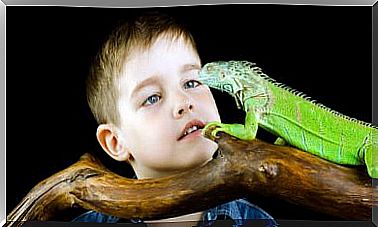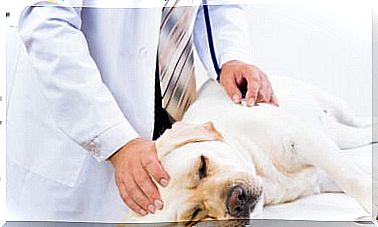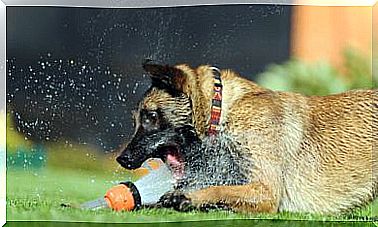Wet Tail In Hamster: Symptoms And Treatment
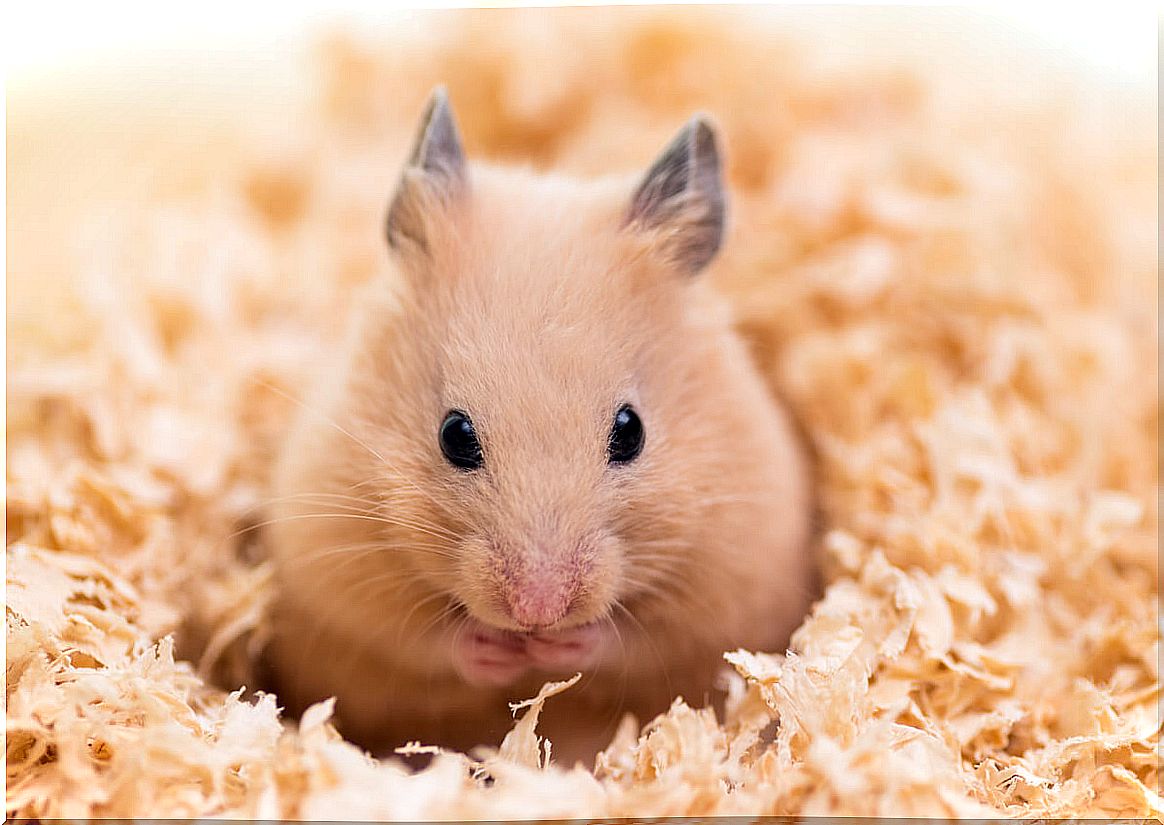
A characteristic clinical sign in the domestic hamster (genus Cricetidae ) is known as “wet tail” . As its name suggests, the perianal area of the animal appears wet, due to an acute picture of diarrhea. The causative agent of the disease is a bacterium, the Lawsonia intracellularis species .
Unfortunately, hamsters infected with this pathogen can die within 48-72 hours, even with proper treatment. If you want to avoid the appearance of this disease in your pet, keep reading.
Causes of wet tail in hamsters
As we have said, the etiological agent that causes wet tail is a pathogenic bacterium of an intestinal nature, which is why the disease is also known as enteritis in rodents. Even so, certain events can lead to the disease. Some of them are the following:
- Stress: this pathology is much more common in young hamsters than in adults, since the stress of the separation from the mother in offspring greatly favors their appearance. Cage mates attack, shrill noises, and overly loaded environments can also cause a wet tail.
- Stomach bacteria : disease-causing bacteria are usually commensal in the hamster’s intestine, without causing any damage. Unfortunately, certain events such as stress or other concomitant pathologies can cause the colonies to overgrow and produce the clinical picture.
- A dirty environment: the more stool and urine that is stored in the environment, the more likely there is an intestinal infection.
- Certain medicines: some antibiotics can cause imbalances in the animal’s microbiota, that is, the bacterial colonies that inhabit its digestive tract.
In general, any factor that promotes stress to the animal can be a trigger for the wet tail. As we have said, it is much more common in young hamsters, but it can also occur in adult specimens.
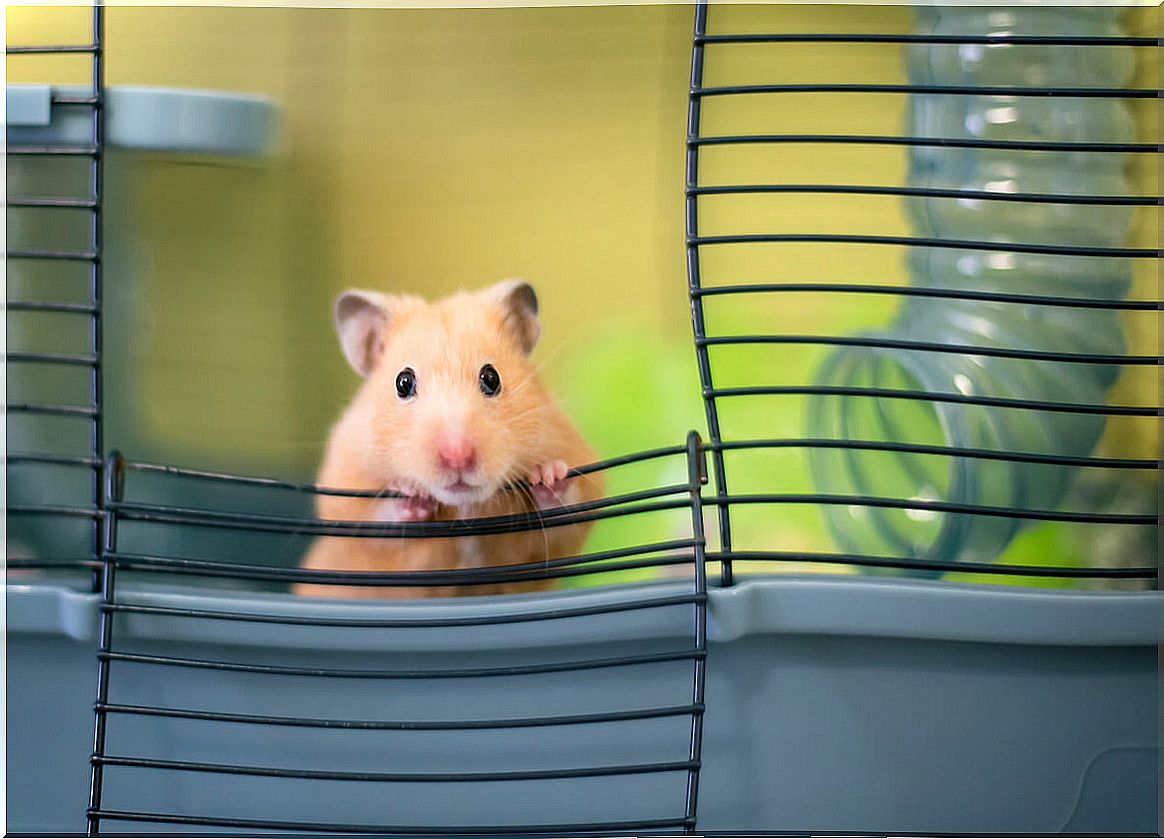
Symptoms
The symptoms of wet tail in hamsters are clear: watery diarrhea, wet perianal area with a yellow-brownish hue, bad smell in the cage, lethargy and inactivity. In general, rodents tend to have wet and “disheveled” fur when sick, making this the most common symptom of all.
In addition to all this, the hamster will stop eating and start to sleep much more than normal. Faced with this clinical picture, the death of the pet is imminent, so every second of action is essential.
Treatment
There is no homemade recipe here: a visit to the vet is the only thing that can solve the complicated medical situation of the animal. In general, the first thing they usually do in the clinic is to force the hamster to drink through the use of syringes, since excessive defecation causes acute dehydration.
Once hydrated, the animal will be prescribed specific antibiotics to fight the disease. Unfortunately, as studies indicate, death occurs in many cases, despite treatment being applied appropriately. The prognosis is much better if drugs are started 48 hours after the onset of symptoms.
How to prevent wet tail in hamsters
As you may have read in previous lines, this disease is widely linked to animal stress. To avoid this feeling in the rodent, you must place the cage in a quiet place, give it enough space for movement, do not handle it too much and avoid the agglomeration of copies.
Also, you should keep each hamster you bring home under strict quarantine. The disease-causing bacteria are highly transmissible, so a sick animal can wreck an entire colony in a matter of weeks.
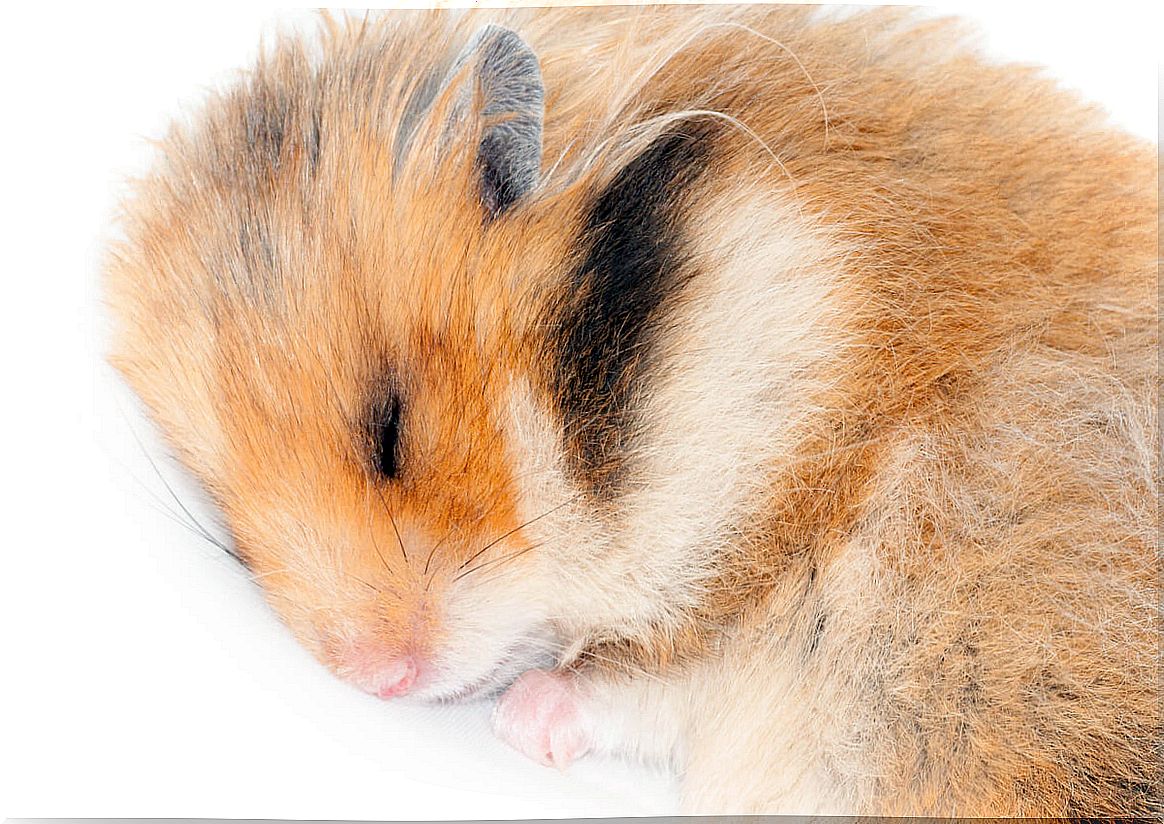
Even if hamsters live for a short time, they deserve the same respect and consideration as any domestic dog or feline. Its existence is short, but this does not imply that it is not necessary to fight for the life of the animal in extreme moments like this.
If you take your pet to the vet on time, it is possible that it can recover, but the general prognosis is not positive. Therefore, the best weapon to combat wet tail in hamsters is prevention.



